
Transit Briefs: HART, LACMTA, NHDOT, NYMTA, SEPTA
Written by Marybeth Luczak, Executive Editor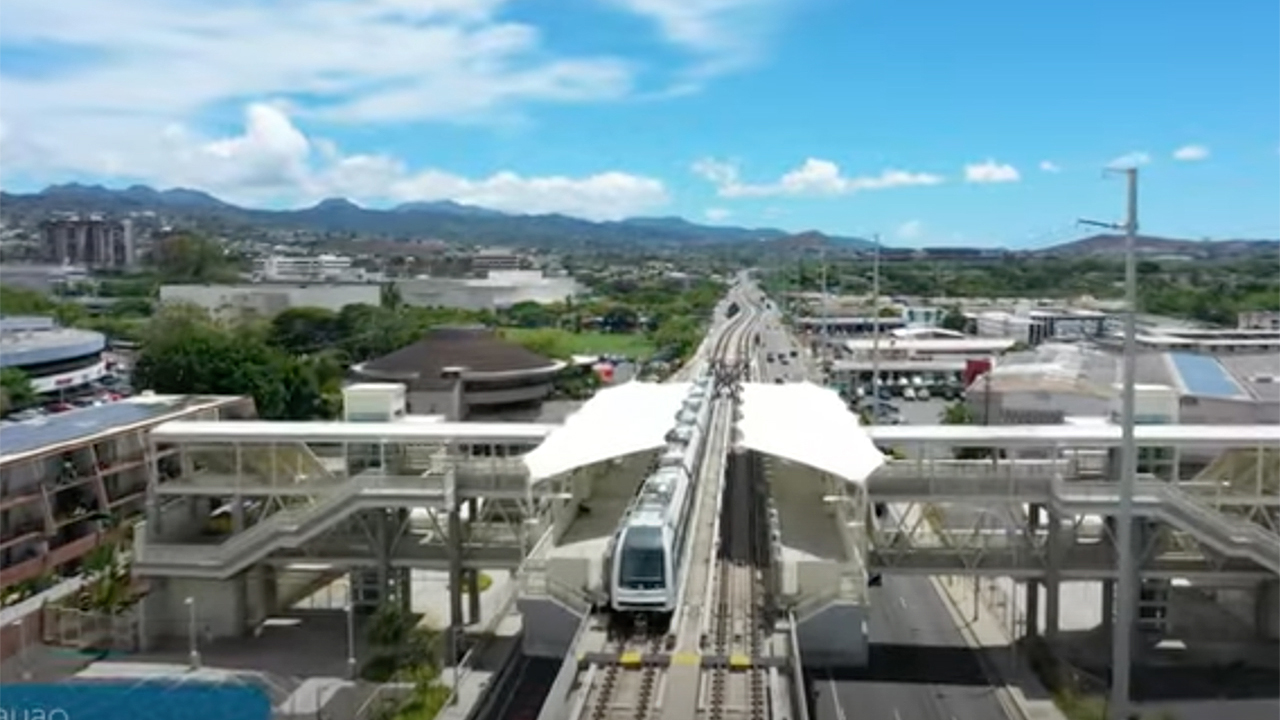
The Honolulu Civil Beat on Feb. 27 reported that the Hawaii Senate Ways and Means Committee approved Senate Bill 176, extending “the excise tax surcharge for rail to raise more money for the cash-strapped” and much-delayed HART Honolulu Rail System project.
A Hawaii Senate Committee mistakenly passes a rail tax extension that would raise funding for the Honolulu Authority for Rapid Transit (HART). Also, Los Angeles County Metropolitan Transportation Authority (LACMTA) ridership is up 12% compared with a year ago; a draft study for the New Hampshire Department of Transportation (NHDOT) finds that commuter rail service between Boston and Manchester, N.H., would cost $782 million to build; Transit Wireless expands its partnership with the New York Metropolitan Transportation Authority (MTA); and the U.S. Department of Transportation Office of the Inspector General (USDOT OIG) will audit Southeastern Pennsylvania Transportation Authority’s (SEPTA) compliance with Buy America requirements for rolling stock.
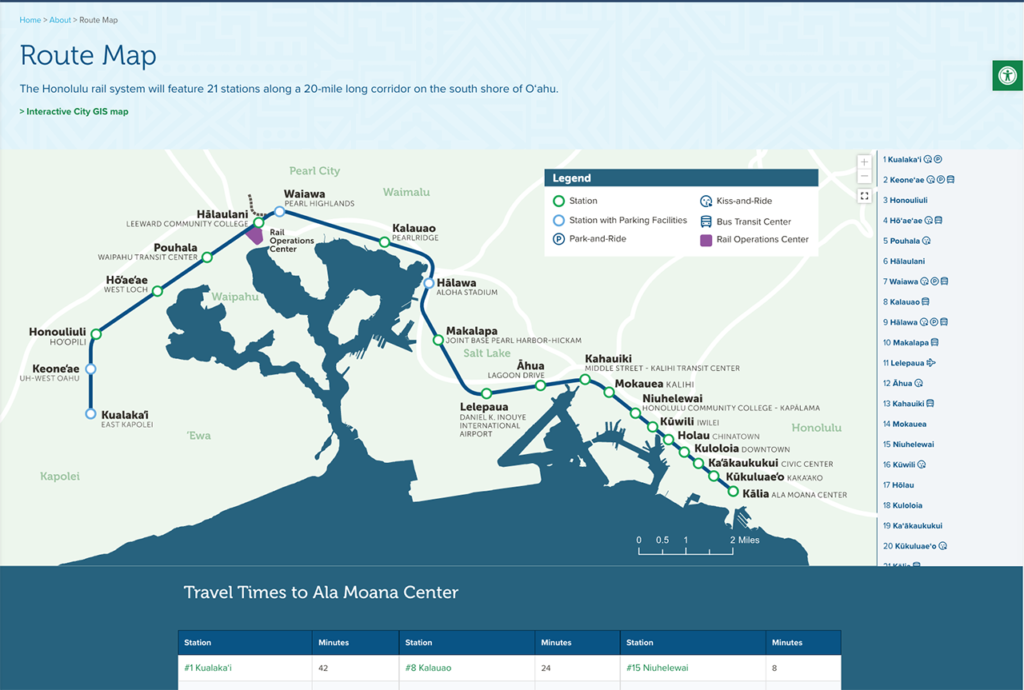
The Honolulu Civil Beat on Feb. 27 reported that the Hawaii Senate Ways and Means Committee approved a bill extending “the excise tax surcharge for rail to raise more money for the cash-strapped” and much-delayed HART Honolulu Rail System project.
“But barely an hour later, Sen. Donovan Dela Cruz said in an interview that the handling of Senate Bill 176 was an ‘oversight,’” according to the newspaper. “He said he planned to hold a new hearing [on March 1] to reconsider the committee’s vote and defer the bill, effectively killing it for this year.”
The newspaper reported that most rail project funding comes from “an excise tax surcharge of one-half of 1%” that has been levied on Oahu residents and visitors since 2005. It raises some “$300 million per year, and surcharge receipts are projected to total nearly $6.4 billion to fund rail construction.” It was slated to expire in 2030.
While the passed bill would have reduced the surcharge to 0.25%, the surcharge would continue beyond 2030.
Sen. Dela Cruz told the newspaper that “Democrats including Sen. Michelle Kidani and Sen. Joy San Buenaventura feel that if lawmakers are going to extend the excise tax ‘then that percentage should be going to education or social services, so that’s where I think we’re going to end up getting into a conflict.’”
According to the Honolulu Civil Beat, “Dela Cruz said the Senate will push ahead with Senate Bill 1568, which was approved by the committee on Feb. 22. That measure would allow county councils that have not yet passed an excise surcharge to do so to help fund affordable housing projects, but the surcharge would still expire in 2030.”
According to HART, the first project segment, which spans from East Kapolei to Aloha Stadium, is complete. Trial running started in August 2022 and continues to make progress, it reported in a weekly newsletter dated Feb. 27.
The second segment is progressing from Aloha Stadium to the Middle Street-Kalihi Transit Center. The 5.2 miles of rail guideway and trackwork are complete, and core systems equipment installation for communication control continues in the segment, HART reported. Construction of the four stations ranges from 88% to 97% complete.
City Center Utilities Relocation work for the third segment from Middle Street-Kalihi Transit Center to the Civic Center Station in Kakaako continues along Dillingham Boulevard and through the Downtown area.
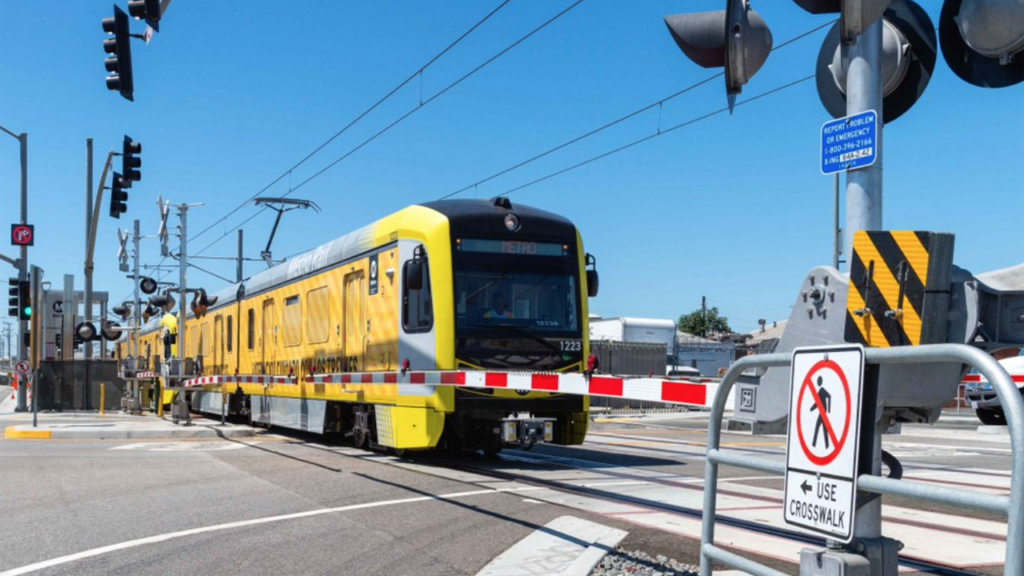
LACMTA on Feb. 27 reported 255 million bus and rail boardings in 2022, surpassing by 12% the 227 million logged in 2021.
It attributes the rise to investments in several programs and projects to improve rail and bus services in the past year, which have boosted rail ridership by almost 20% and bus ridership by 10%.
Among them: the expansion of LACMTA’s Low-Income Fare is Easy (LIFE) and GoPass pilot programs. Their aim is to make fares more affordable, since a Customer Experience survey found that 75% of the agency’s riders are from low-income households. The LIFE program offers fare discounts that can be applied toward the purchase of weekly and monthly transit passes on LACMTA and any LIFE program participating transit agencies, or 20 free rides on any of the participating transit agencies. LACMTA’s GoPass pilot program offers access to free transit for more than one million K-12 and community college students in Los Angeles County. LACMTA said that in 2022, it delivered more than 10 million rides to LIFE program holders and more than 11.7 million rides to GoPass holders.
LACMTA also reported that it has made safety investments to improve the rider experience. Last year, it debuted a Reimagined Public Safety plan that considered the feedback and recommendations of LACMTA employees, customers and stakeholders. “The plan uses a multi-layered approach to improve security, customer care and cleanliness,” the agency said. LACMTA “[s]ecurity staff and law enforcement partners improve security, [and] address code of conduct and penal code violations.” Additionally, LACMTA’s new Ambassador pilot program provides a “visible unarmed presence on the system to support customers throughout their journey, connect those who need it to resources, and report any issues they might see on the system.” On the cleanliness front, LACMTA said it has invested in more frequent cleaning of vehicles and stations, and in the past six months, has replaced 89% of the railcars and 68% of the buses with vinyl seats that are not only more comfortable, but also easier to clean and maintain.
“During the early days of the COVID-19 pandemic, many of Metro’s [LACMTA’s] riders disappeared, and stayed away for most of the epidemic,” said LACMTA Board Chair and Glendale City Council Member Ara J. Najarian. “As we saw Angelenos return to their pre-pandemic lives last year, Metro is working diligently to restore the level of service for those who depend on transit to get where they need to be to see riders come back on our county’s buses and rail lines as a result.”
“Metro [LACMTA] is better serving the diverse communities that rely on public transportation to access education, employment, healthcare and other essential services,” LACMTA CEO Stephanie Wiggins said. “We’re just beginning to see the fruits of our efforts to restore ridership as riders feel more confident and comfortable using public transportation to get where they need to go.”
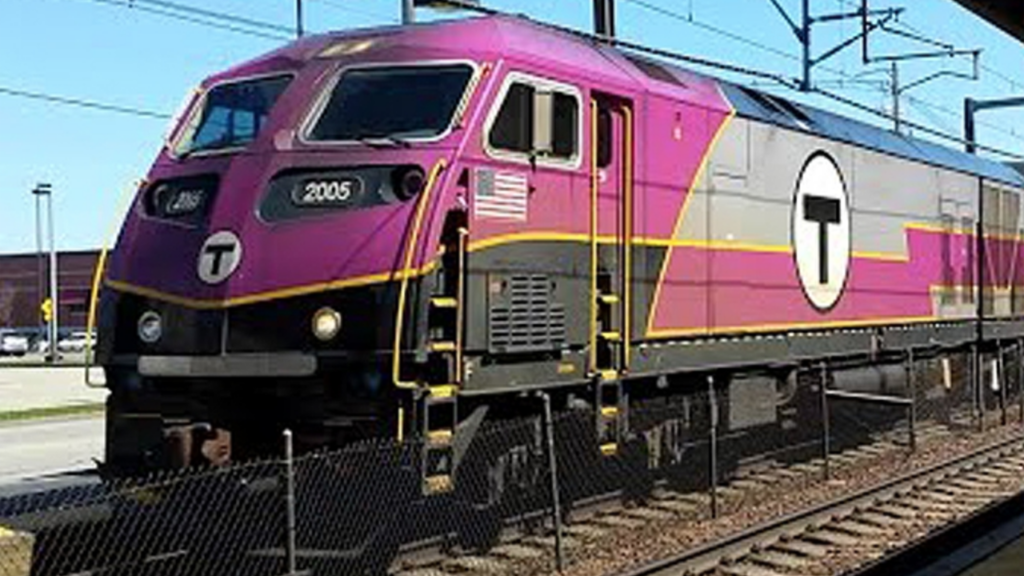
The New Hampshire Union Leader on Feb. 26 reported that Boston-to-Manchester commuter rail service would cost $782 million to restore and build plus $17 million per year to run, according to a draft study conducted by AECOM Technical Services for NHDOT.
The study said that federal grants would cover at least 55% of construction costs, and fares would cover 82% of the operating budget, according to the newspaper. The annual state taxpayer subsidy “could be as low as $200,000 and as high as $3.5 million depending on how many use the service,” the newspaper reported.
“The report assumes host communities would spend up to $63 million to build new train stations south of Granite Street in Manchester, a layover train facility in Manchester and a train station on Crown Street near downtown Nashua,” according to the New Hampshire Leader. “Both cities would spend about $200,000 annually to run those stations, the report concludes. The Manchester-Boston Regional Airport would operate and maintain a third train station nearby in Bedford. The state Department of Transportation would pay to build and run the southernmost train station next to the Pheasant Lane Mall in Nashua near the Massachusetts border.”
Once open in 2030, the study said “it would take four years for ridership to reach full levels due to the impact of COVID-19,” the newspaper reported.
Executive Councilor David Wheeler (R-Milford) told the newspaper that the project cost is higher now than previous study estimates. “He said Nashua taxpayers would have to finance at least $21 million in station construction costs,” according to the paper. “‘I think people are going to get sticker shock when they realize how much this will cost them in higher property taxes,’ Wheeler said.”
But Nashua and Manchester mayors, majorities on their Boards of Aldermen, and business leaders are supportive, according to the New Hampshire Leader. City officials, it reported, “are considering creating tax increment financing districts to help pay for the construction work.”
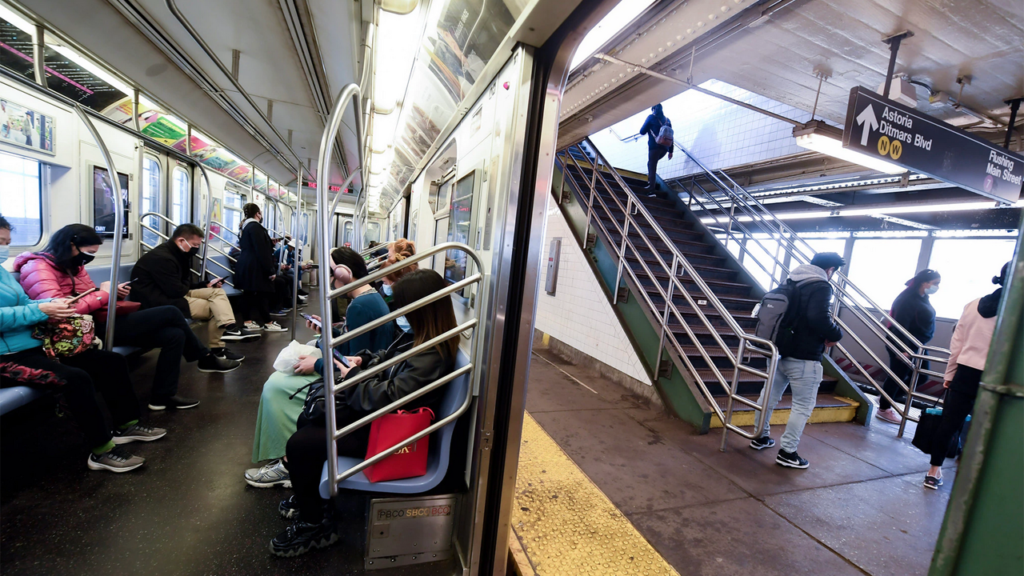
Transit Wireless, a BAI Communications company, reported on Feb. 27 that a network expansion partnership with New York MTA will double the size of its 5G fiber network, including 418 track miles and up to 20 separate river crossings.
The network will be designed to support more than 10 million users per day and allow mobile network operators to offer their customers enhanced data and voice service underground and throughout the entire NYC subway, according to Transit Wireless. Additionally, the expanded fiber system will extend the network to private businesses, universities, hospitals and commercial properties, the company said.
Transit Wireless reported that its investment to build the necessary infrastructure is “in process”; the planning and design phases are already under way.
“In addition to a 5G neutral host network, the project includes expansion of the Wi-Fi network to all 191 above-ground subway and 21 Staten Island Railway stations,” said Fredericka Cuenca, Deputy Chief Development Officer at the MTA.
The network (TransitWirelessWiFi) is free to the public and is currently available at all 281 underground subway stations, according to Transit Wireless.
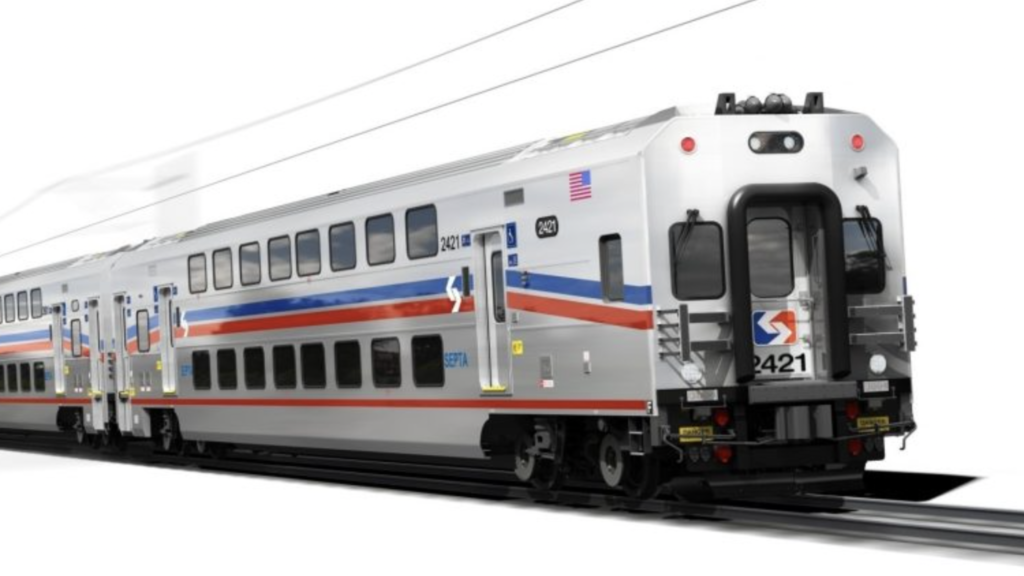
The USDOT OIG on Feb. 24 reported initiating an audit of SEPTA’s ongoing contract with CRRC (China Railway Rolling Stock) MA at the request last year of three then-Ranking Members of the House Transportation and Infrastructure Committee. The members questioned whether CRRC MA had met the Federal Transit Administration’s (FTA) Buy America requirements for rolling stock.
SEPTA in May 2017 awarded a $138 million federally funded contract to CRRC MA to design and manufacture 45 new double-decker passenger coaches, with an option for 10 more, for use in Regional Rail service in Philadelphia and the surrounding areas.
“Per FTA’s Buy America requirements, the cost of the components and subcomponents for rolling stock produced in the United States must total more than 60% for fiscal years 2016 and 2017, more than 65% for fiscal years 2018 and 2019 and more than 70% for fiscal year 2020 and beyond,” according to the USDOT OIG. “In addition, final assembly of rolling stock must occur in the United States.”
The object of the audit, the federal office said, “is to assess FTA’s oversight of (1) SEPTA’s certification of CRRC MA’s adherence to FTA’s Buy America requirements for rolling stock and (2) SEPTA’s calculation of the total value of foreign components for the purpose of determining compliance with FTA’s Buy America rolling stock requirements.” The audit is slated to commence in the coming weeks.



